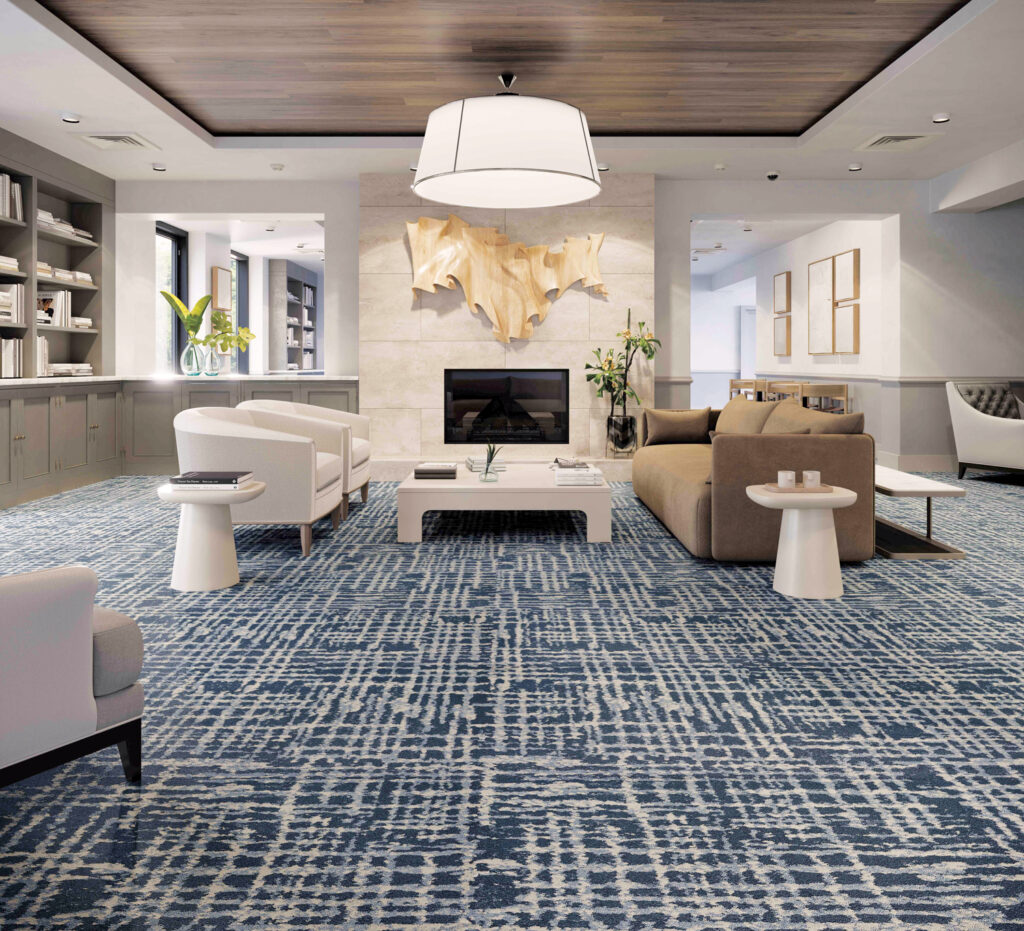
In a lightning-fast transition to work-from-home during the pandemic, employees abandoned corporate buildings for familiar spaces with their deep sense of safety and comfort.
Now, even as employers call workers back to the office, not all employees are eager to give up their home offices. In response, companies have taken steps to transform commercial buildings from lifeless, bland places into those where customers and employees will find comfort and want to gather and linger.
“In times of crisis in the world, like the pandemic, people want to feel comforted, grounded, held and taken care of,” says Cindy Kaufman, vice president of marketing of the Calhoun, Ga.-based Mannington Commercial. “After times of crisis, we move toward aesthetics that help us feel safer.”
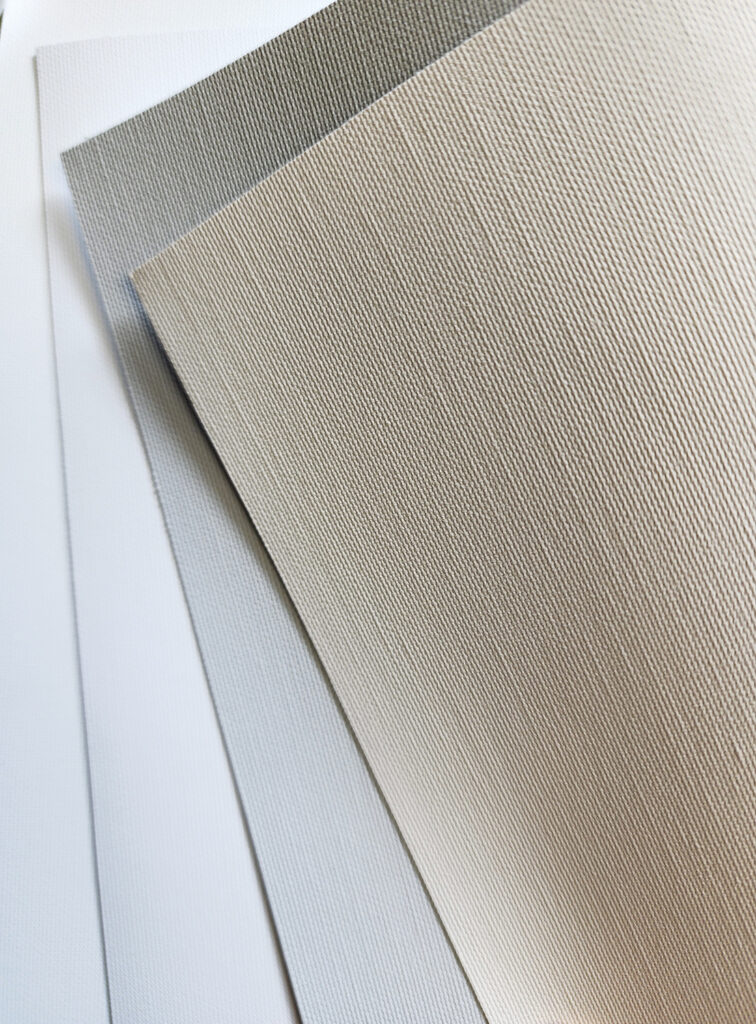
Pandemic influence
Some pandemic trends, like more outdoor seating at restaurants, have continued, according to Jeffrey Post, vice president and general manager of Enduratex, located in Corona, Calif. Outdoor upholstery must be durable and easily cleanable.
Indiana Coated Fabrics Inc. (ICF) in Warsaw, Ind., which manufactures many kinds of fabrics, including blackout and light-filtering roller shade fabric, has seen one pandemic market spike dramatically drop off. “When the pandemic hit, demand for our Iconic Blackout fabric for roller shades in RVs skyrocketed,” says Andrew Meyer, ICF vice president of sales and marketing. “Over the last year and a half, we have seen that slow down.”
An antimicrobial material by Ultraflex Systems Inc., of Riverview, Fla., was in high demand during the pandemic. Today, outside of health care settings, demand is almost back to pre-pandemic levels, according to Kylie Schleicher, the company’s director of product development.
Commercial properties’ renovations in response to the pandemic are different than a product demand spike and are more cyclical. Still, there are trends; currently, textile manufacturers are seeing that a nod to home matters to designers. Color, texture and patterns have a part to play in the creation of intimate spaces to gather.
Humans matter
Mannington’s Kaufman, also an interior designer, sees an intentional “human-centric design” in commercial buildings. As in a home, designers begin with the human occupants in mind, to reflect warmth and welcome.
With workers reluctant to return to their workplace commute, building owners and businesses must consider how to renovate their spaces to convey that their occupants are top of mind. Textile options can help, from paintable fabric for beautiful wall murals to vinyl Floorscapes® to instill calmness in a break room or to promote wellness through an indoor walking track.
Clients, customers and staff want places of business to extend a warm sense of home and community rather than of sterile concrete, steel and glass. A key driver for design post-pandemic in commercial buildings, according to Kaufman, is the move toward a hospitality sensibility.
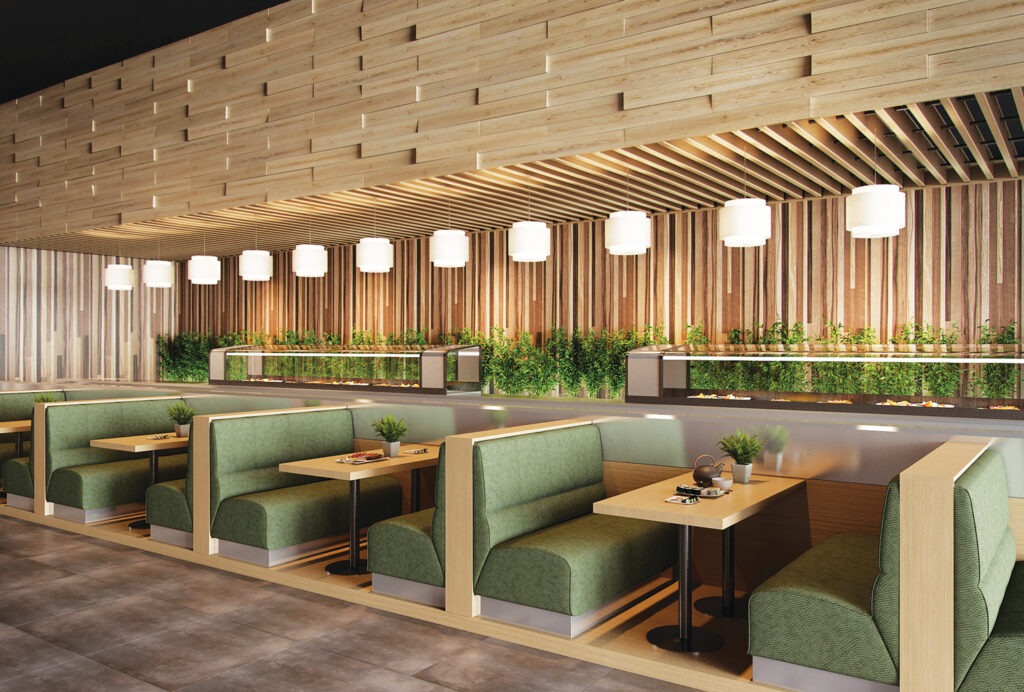
Design matters
After baby boomers started to hit retirement age, the design of senior living spaces started to morph from a more institutional appearance to having a more residential feeling. Enduratex’s Post says that applies to “the single-family homes in those communities, plus the various commercial amenities they offer.” Beyond just living spaces, retirement communities may now also include restaurants, health care, shopping, recreation and sports, and movie theaters, all of which need textiles for seating, flooring, window treatments and movie screens.
According to Post, 15% of his company’s total business is now hotels, and he believes that is a growing opportunity. “Hotel chains are opening new brands, and they’re renovating their existing properties,” he says.
Meyer says ICF has seen an uptick with one of its blackout products in the hospitality industry. Vision Plus combines a fabric-fronted material and a proprietary coating to give a textured pattern for a more visually appealing shade.
The hotel industry has a regular renovation turn, Kaufman explains, to be on point with current design trends. She says, “On five- or seven-year cycles, hotels make ‘soft’ renovations to reflect the latest colors and styles, and on a 15-year cycle, they make ‘hard’ renovations.” The more extensive hard renovations may completely reshape the properties.
Although restaurants, especially independently owned establishments, typically don’t have a regular renovation turn, design is as important as food and service, Kaufman adds. “Chefs drive the design, and restaurants cannot decouple design and food,” she says.
Brand matters
With environmental graphics and wide-format banner and signage fabrics, companies like PWG of Charlottesville, Va., and Ultraflex can help businesses add custom-designed digitally printed wallcoverings and glass graphics. Across commercial office space, museums, higher education and health care facilities, a popular trend PWG president Geoff Kilmer sees is the infusion of corporate branding through textiles.
With digitally printed environmental graphics products, businesses can add patterns, designs and their brands to flooring, upholstery, windows and walls. That can include logos and taglines or be as simple as just using the brand’s colors.
Kilmer says the environmental graphics industry is growing. “It’s rich in both materials and printing methods available to use,” he says. “We can use a 100% polyester fabric, which gives the best color output with the richest and sharpest appearance.” He adds that PWG has begun to see more use of felt, which layers well and helps with noise control.
Ultraflex’s Schliecher also notes the trend toward brand emphasis and greater awareness around creating a welcoming place for returning clients and workers. “Branding through graphics on textiles builds community,” says Schleicher. “Other designs can, for example, create a calming vibe in staff break rooms.”
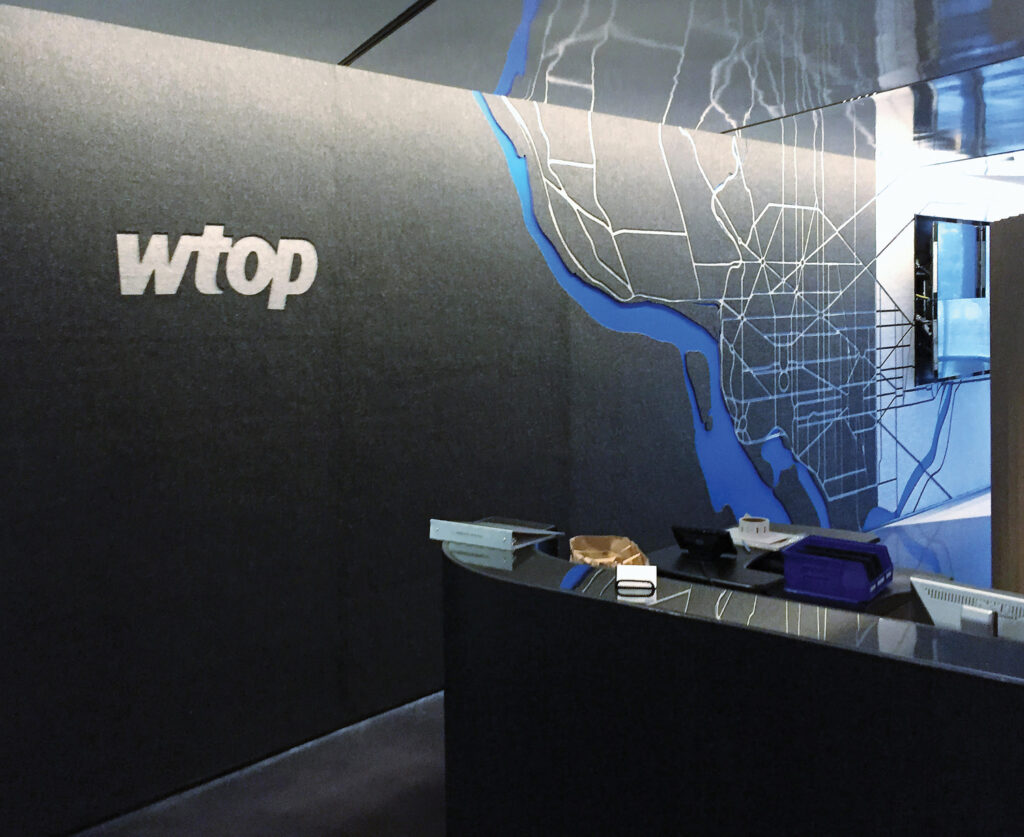
Well-being matters
As employees return to work on-site, another consideration is the appeal of nature. “Workers want to know their work environment is supportive of their well-being and bright from natural light sources, with outward views of nature,” says Andy Rittenhouse, specifications manager, South Central/Midwest for Somfy Systems Inc. out of Dayton, N.J. Today’s automated window treatments, plus LEED and WELL Building Standard™ guidelines, help businesses achieve those designs, he says, and keep health and wellness at the center of design.
Somfy manufactures motors and controls for automated shades. Commercial building managers can program the shades to open or close at certain times of day or weather conditions, while individual employees can request adjustments for glare or temperature.
Enduratex supplies durable coated fabrics to the health care, hospitality, office and restaurant industries. The company’s faux leather fabrics are often used for seating, especially in high-traffic areas. In health care, Post sees increased use of prints in seating fabric that bring liveliness into an otherwise sterile environment.
“The textiles used now are more supple and easy to sew,” Post says. “Our proprietary topcoat, Forbid™, adds luster and helps make the fabrics very soft and highly cleanable.” Including textiles that are soft to the touch and visually appealing helps create a sense of well-being in a commercial space.
Flooring manufacturer Mannington Commercial also sees efforts to keep people at the center of design. According to Kaufman, designs now “reflect the health, well-being and goals and objectives of the people in the environment and meet customers where they are.”
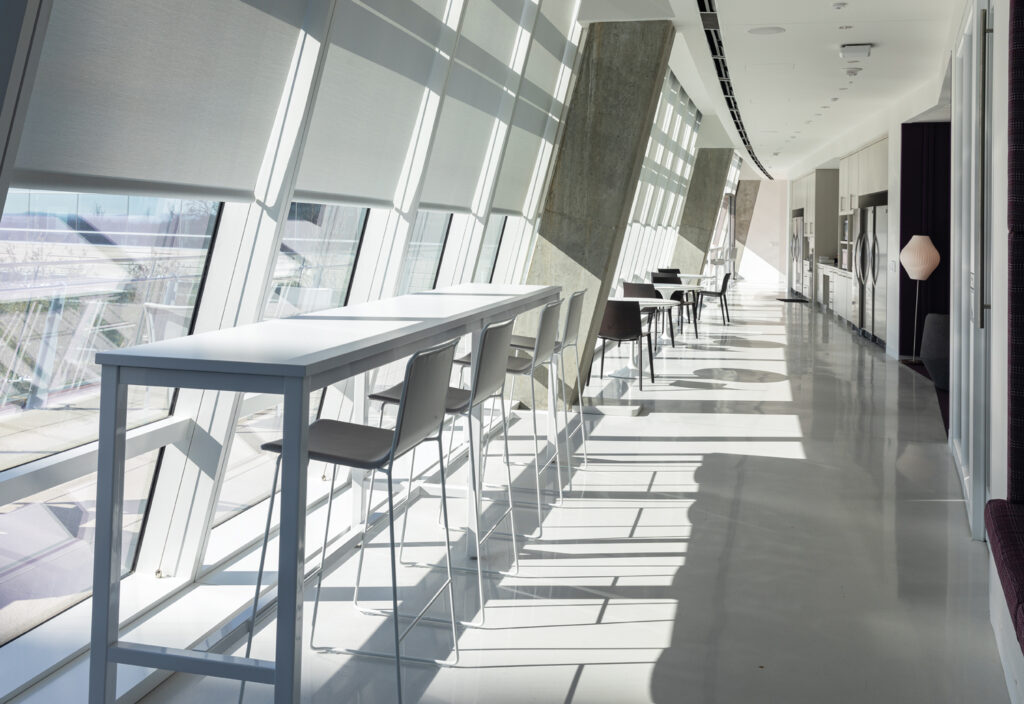
Coziness matters
Kaufman sees the trend of hard surface flooring continuing, in part because of its durability and cleanability. But that doesn’t mean textiles are gone completely from underfoot. Layering rugs or carpet tiles on hard surface floors, along with comfortable furniture, creates smaller, intimate gathering places for people.
Ultraflex supplies customizable materials that with today’s digital printing capabilities become Wallscapes™ Plus and Floorscapes for either short-term or permanent installation. Wallscapes Plus products are durable, flexible materials used for wallcoverings. Floorscapes are a vinyl floor graphic media customized through digital printing, which delivers sharp images, precise color, and a durable, clear finish. “Digitally printed Floorscapes,” says Audrianna Manee, Ultraflex marketing manager, “… are easy to install and quickly change out.” Ultraflex’s digitally printable media can reach beyond just floors and walls. A business can truly infuse its brand on any hard surface, including tabletops, seating and more, according to Schleicher. Myriad textile design possibilities await commercial buildings.
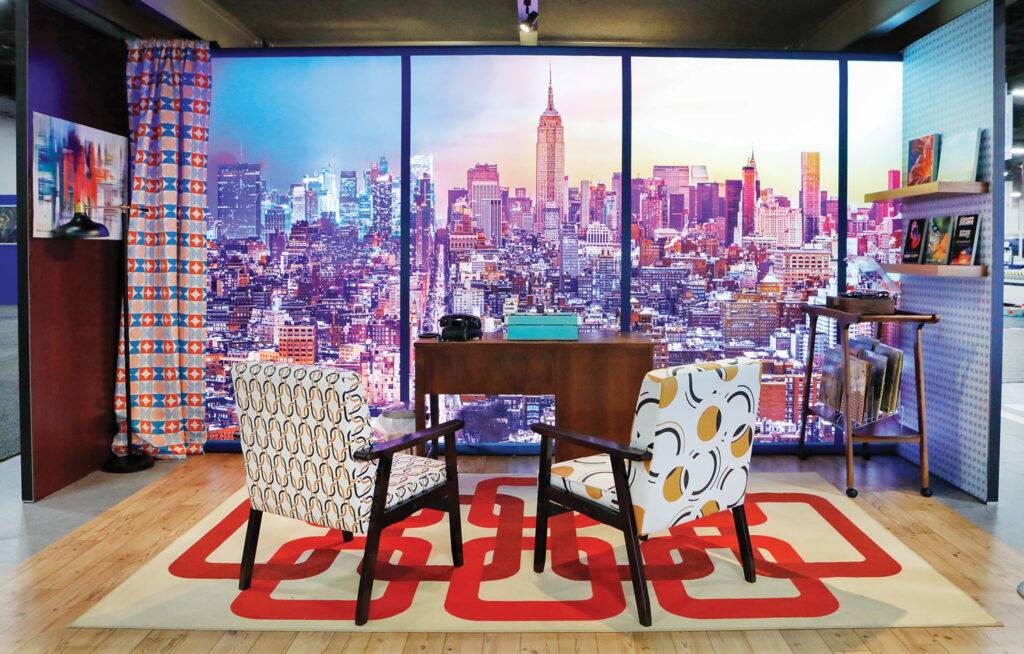
A bright future matters
Coming out of the pandemic, Kilmer believes the future is bright for commercial indoor textiles. He says, “Now, design with textiles is included in planning and budgeting for new buildings or renovations, which wasn’t always true. Many of the design concepts we create are designer-driven, meaning designers in the architectural firms bring the ideas to us.”
Textile manufacturers and suppliers have the products and technology to bring those ideas to fruition. The outcome is creative, interesting use of textiles with color, texture and patterns throughout all aspects of commercial buildings to offer welcome and comfort to their occupants.
Linda “LW” McDonald is a freelance writer based in Minneapolis, Minn.
 TEXTILES.ORG
TEXTILES.ORG


